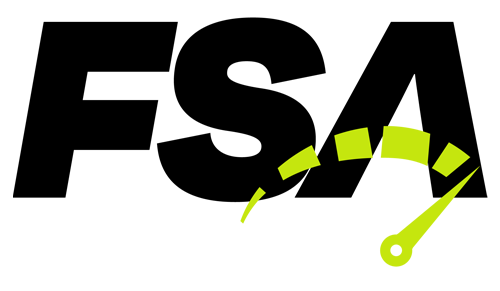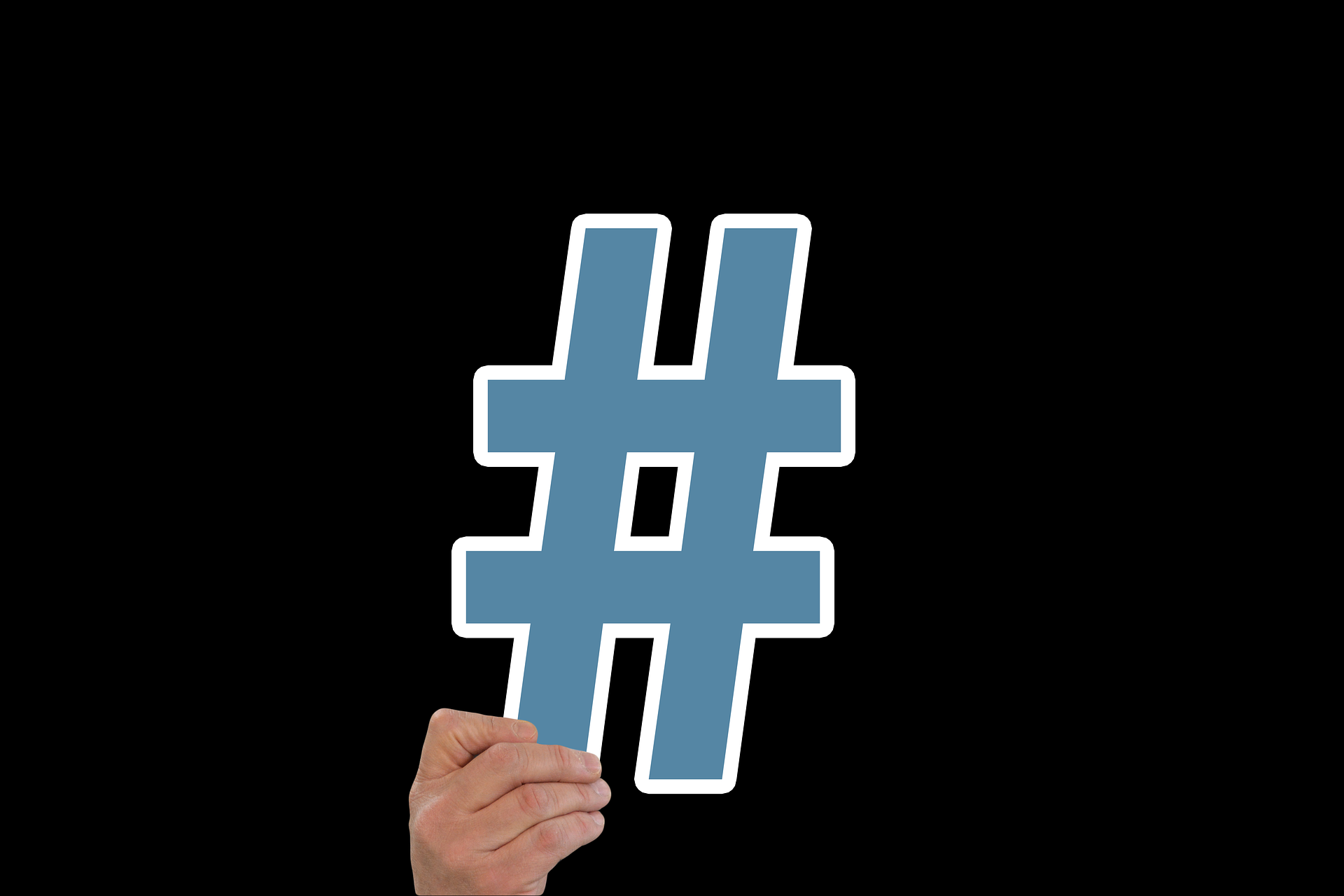Introduction
Somewhere on your path in life you have most likely happened upon the ‘hashtag’. Whether it be in personal life, business ventures, or in casual conversation; since 2007 the hashtag has been an integral part of having a digital presence.
Whatever digital resources your company uses for branding and social media strategy, a better understanding of hashtags will help to boost engagement on these profiles and lead to a stronger online presence. Sticking to classics like #ThrowbackThursday or #picoftheday will only get you so far in 2020.
In this article we will cover the essentials when it comes to using hashtags effectively to grow your brand and why they are important. In addition we will go over how to find the best hashtags for your industry, more about popular hashtags, and essential tips for individual social media platforms.
What is a hashtag?
The pound symbol or an ‘octothorpe’ was first used to mark numerical digits. The use of
Since then, the use of hashtags, their reach, and their effectiveness has only grown. The best way to visualize the use of the modern hashtag is thinking of it as a way to connect social media content from different users to a specific topic, event, theme, or conversation. Hashtags make discovering posts around specific topics easier to access due to the feature’s organization.
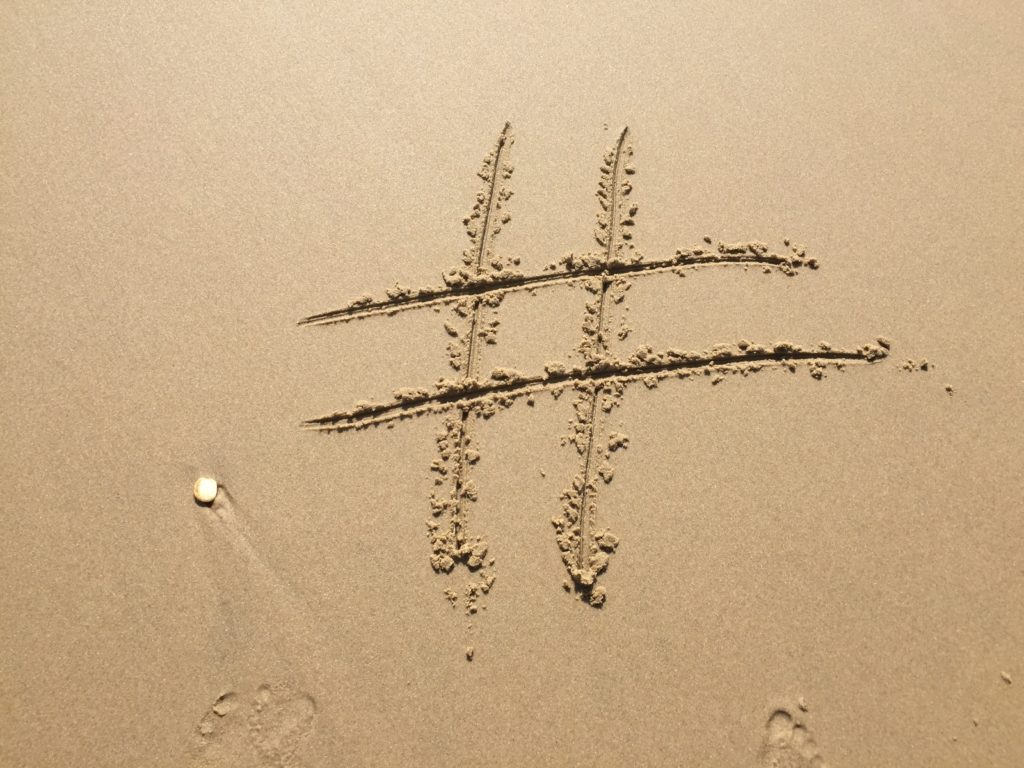
Breaking Down the Hashtag
When it comes to the symbol itself, there are few basics to get down before moving on to learning the marketing practicalities. To begin with, hashtags always start with # and need to be one cohesive line without punctuation or spaces. The best hashtags will be short and sweet, stringing too many words together makes it difficult to be found and make out the meaning. In addition, they should be relevant and specific hashtags that are often searched by users. Lastly in order to be found at all, double check to make sure that your account is not private. This is incredibly important because with privacy settings, hashtags posted will not show to people who do not follow you, rendering them useless.

Five Reasons to Use Hashtag
1. Increase engagement with your followers:
Hashtags are a great way to take part in the conversations that happen on social media platforms. By utilizing hashtags, not only can you stay on topic to see what conversations to take a part of, but you can actually become visible and participate in them. Getting involved in these discussions frequently can increase your follower count and work to boost engagement on the platform through likes, shares and comments.
2. An Opportunity to Build Your Brand
Although participating in discussions as they happen on social media, it is also a special opportunity to begin your own conversations. Creating buzz around your brand can begin with simple specified and catchy hashtags. You can create a trend or challenge that will ensure that your current followers share the content using your hashtags. Now, not only does your brand get to be involved in a wider sense of community and build awareness- but it is now the center of attention. From here, more people will see the hashtag and browse to learn more about the brand and with luck and a well planned campaign, gain more followers and customers.
3. A Way to Show Support for Social Issues:
Staying on top of the constantly changing discussions on social media becomes more important when social issues come into play. By using hashtags that are connected to these public matters and issues, you can mobilize the brand to show support. This social awareness is an essential part of creating a respectable brand, social media presence, and identity. For example, on platforms such as Twitter and Linkedin this past year, the #EachforEqual hashtag was spread to show support for Women’s Day 2020. Brands can also create their own hashtags for social issue support for a more specific or unique position of the company.
4. To Add Context to a Social Media Post:
Long captions on a social media post- regardless of the platform- are often not the best route to take. Consumers like palatable and simple text that does not take extended amounts of engagement. Social media posts are more for a brief summary or announcement, if a user wants to learn more about your brand they can click onto your website. In addition, on some platforms (such as Twitter) character count is limited which only comes to show that the space you have to convey a message to your audience is limited. Using a hashtag is a good way to contextualize what you are talking about without using valuable space or writing repetitive captions.
Helping Your Target Audience Find You
On most social media sites, users have the ability to follow hashtags in the same way that they can follow other members of the platforms. The use of popular hashtags can be an additional way to help new users find your brand. For example, using a popular hashtag such as #summertime on a relevant Instagram post means that someone who follows that hashtag will see it on their feed.
5. Helping Your Target Audience Find You:
On most social media sites, users have the ability to follow hashtags in the same way that they can follow other members of the platforms. The use of popular hashtags can be an additional way to help new users find your brand. For example, using a popular hashtag such as #summertime on a relevant Instagram post means that someone who follows that hashtag will see it on their feed.
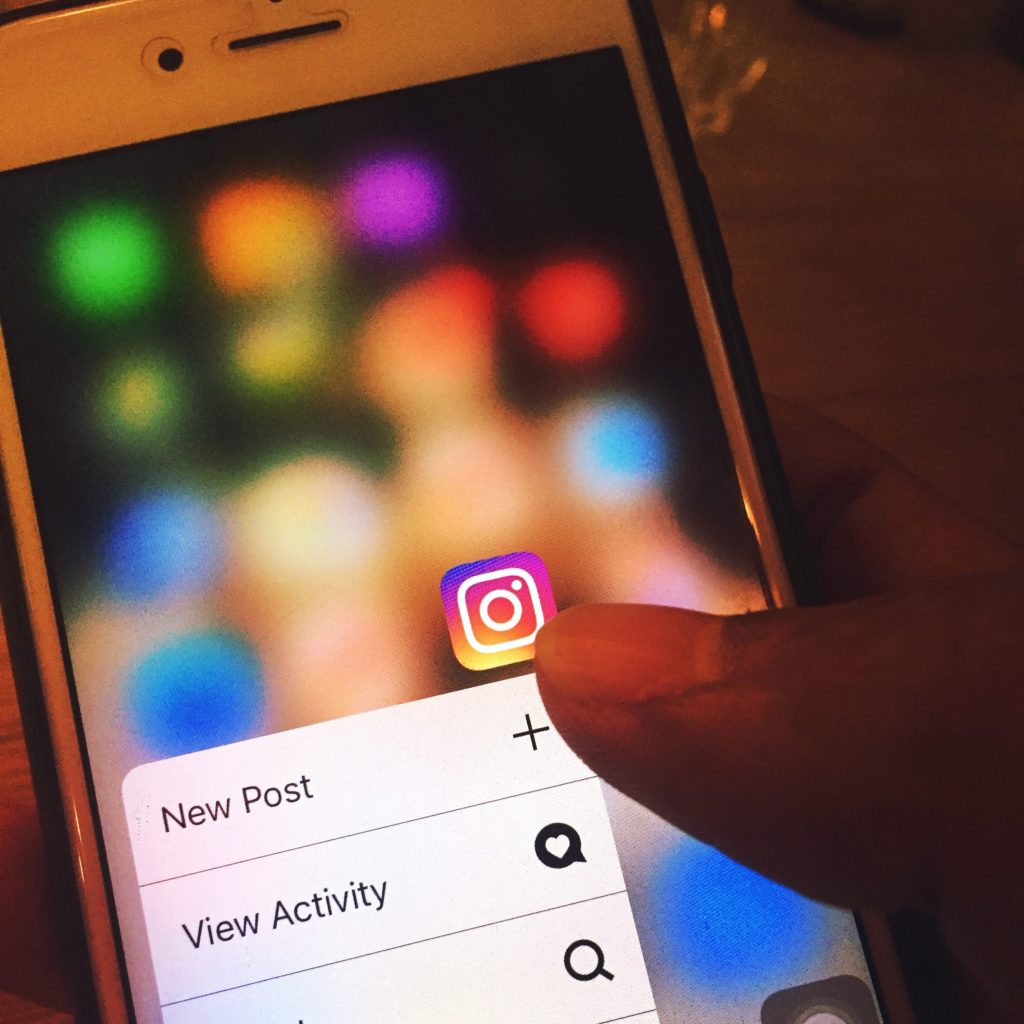
The Most Popular Hashtags
Adding a hashtag off of a short list of the most popular hashtags will not be the most wise or fruitful option for building your brand. Although these hashtags get many views, they appear to the public as a clear solicitation for likes and essentially add no value. Instead, choose pointed and specific hashtags that will help engage with current and future followers.
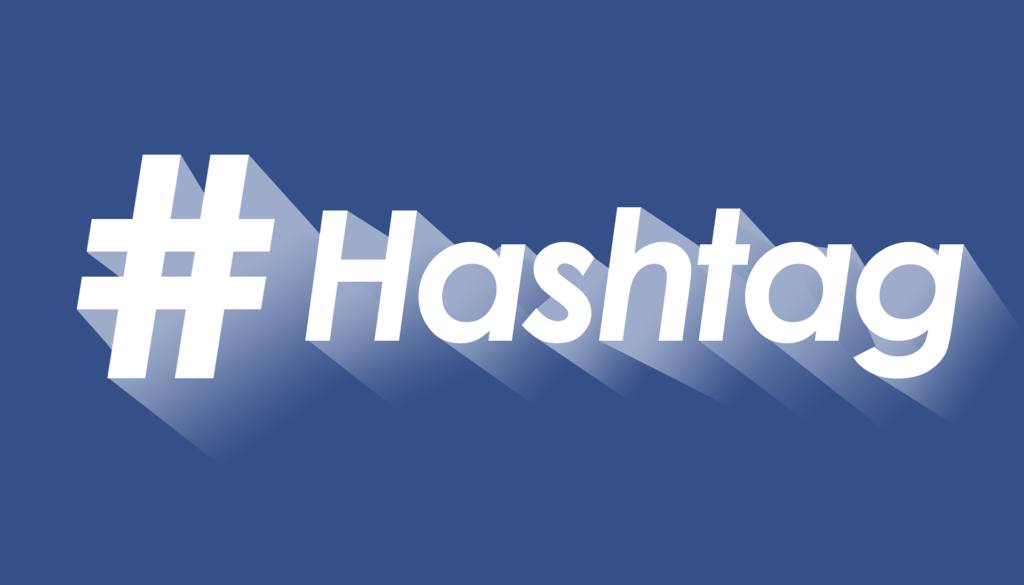
Conclusion
Setting up hashtags are a large part of investing in a social media presence that can create more conversions and help gain followers. By following these steps, you will be on the right track to build your brand through posting frequently and using hashtags on the page.
